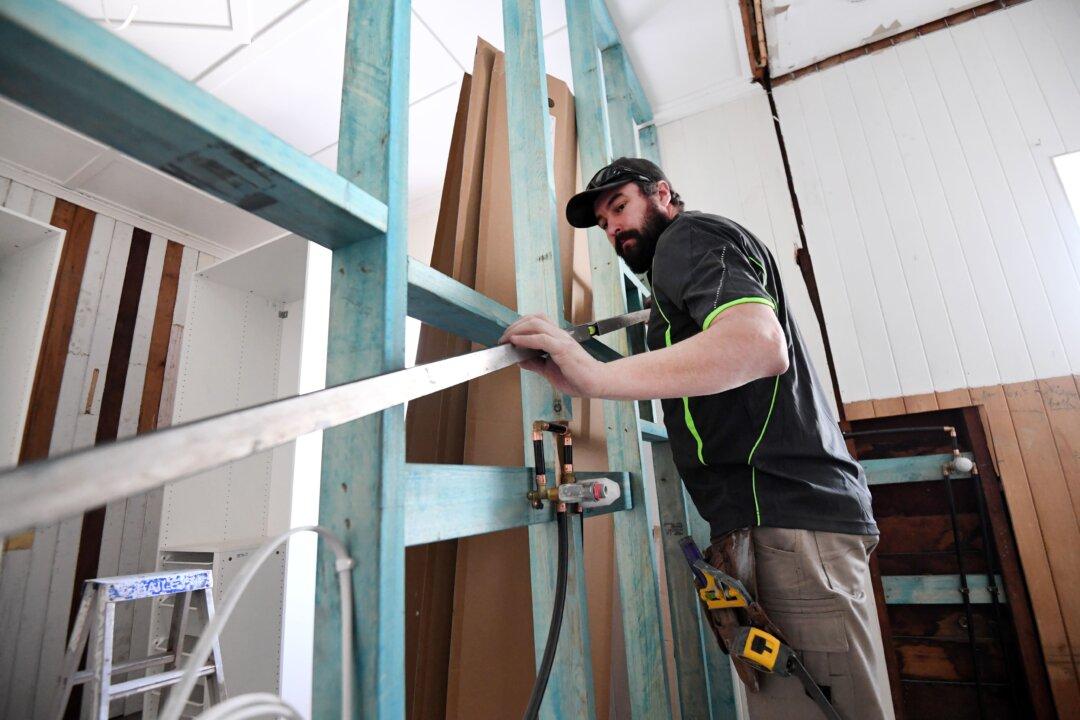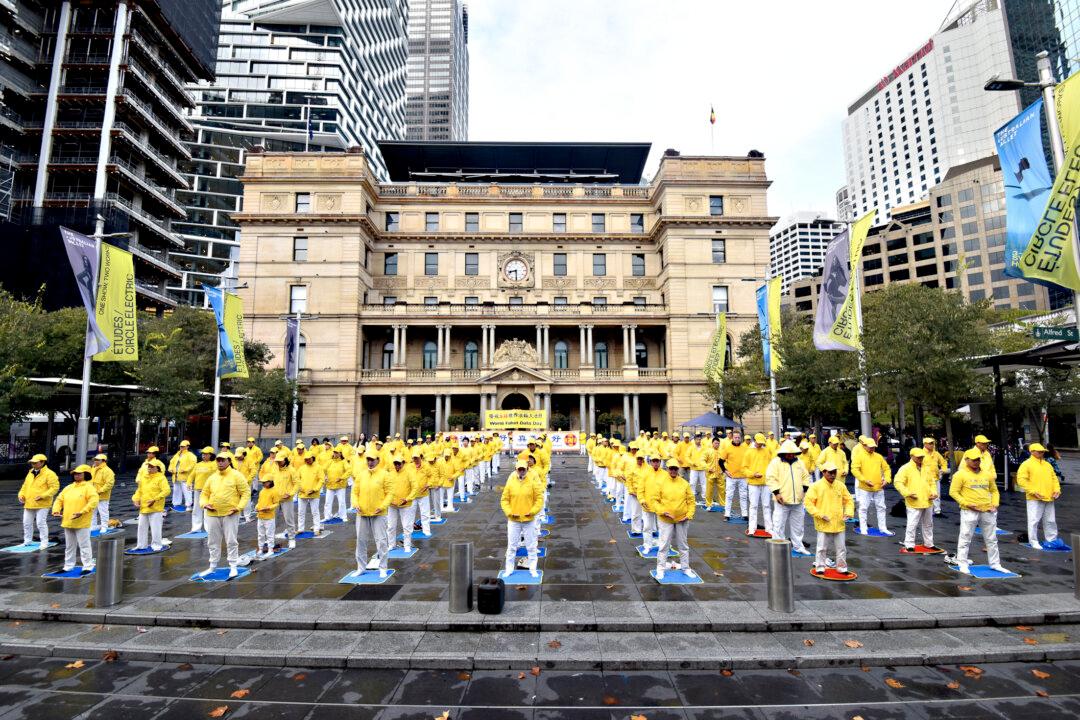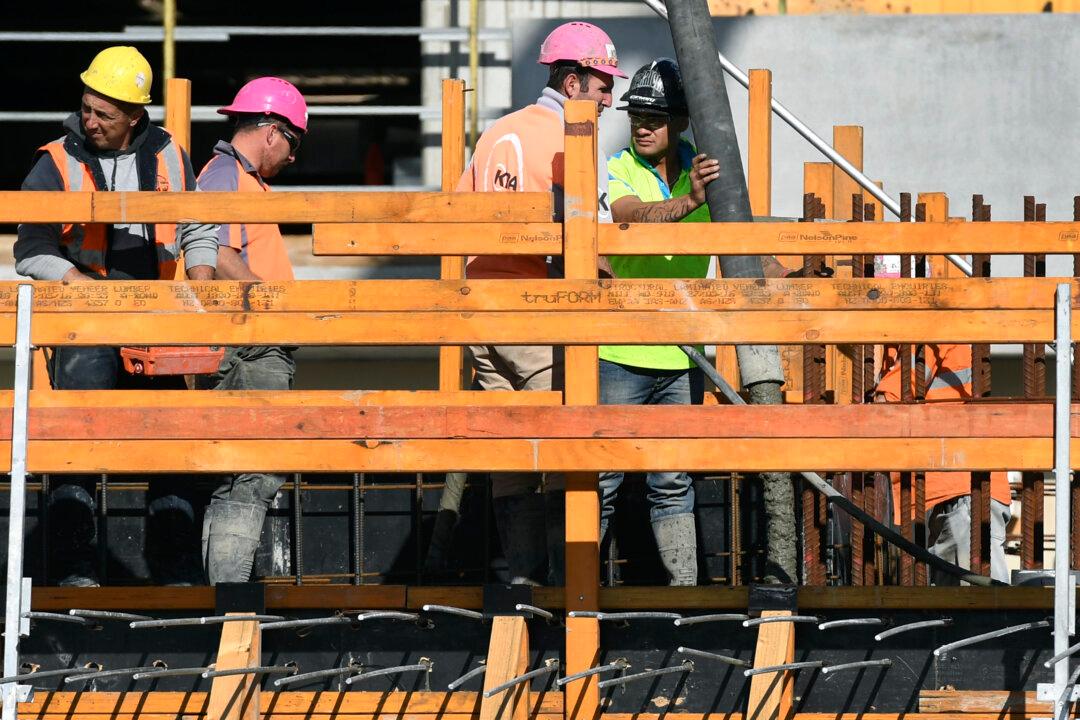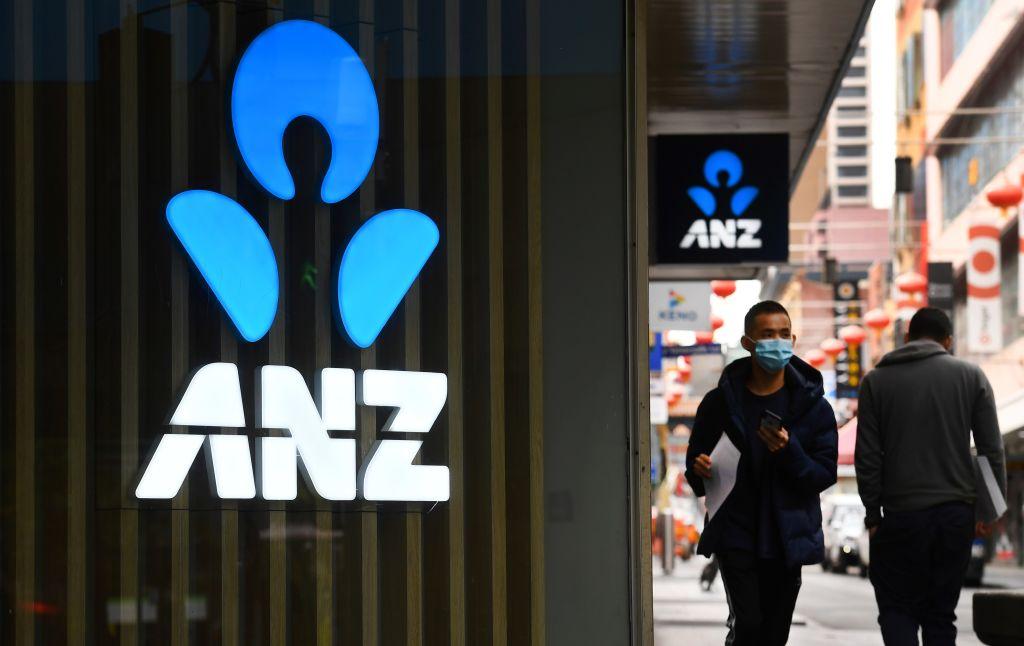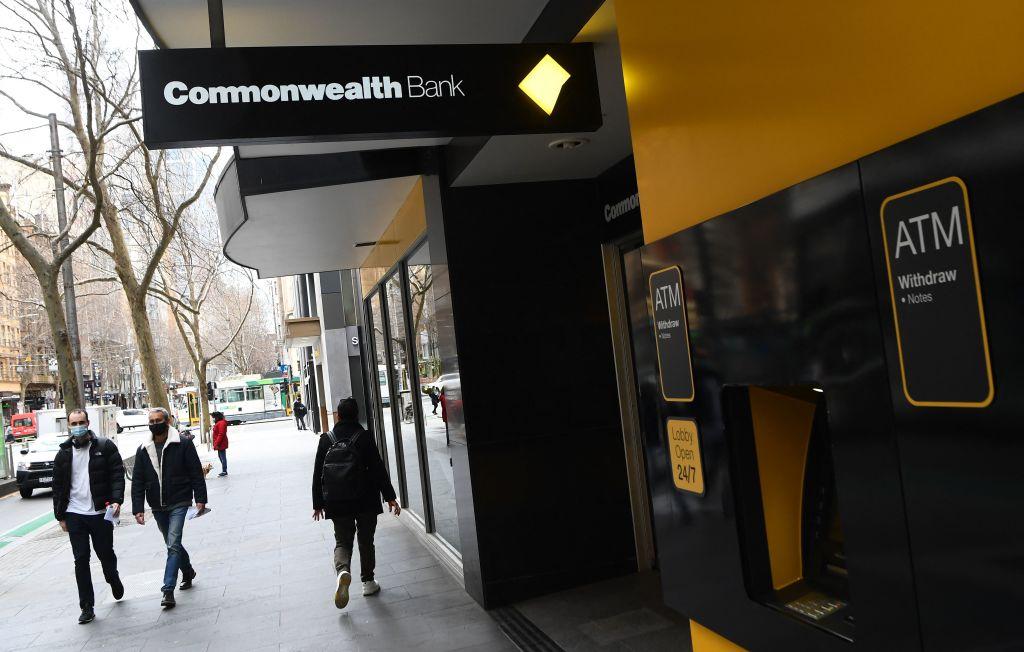One of Queensland’s major building companies BA Murphy Constructions, has been put into liquidation just before Christmas, adding to a growing list of insolvent builders nationwide. The collapse came amidst the deepening concerns that the ongoing surge in material and labour costs will see more construction companies go under in the coming months.
According to the notice on corporate watchdog ASIC, BA Murphy made the resolution on Dec. 21 that the company be wound up and that liquidators be appointed.
